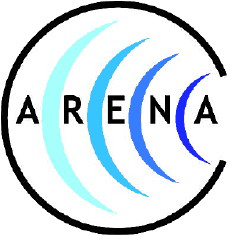Orateur
Ilya kravchenko
(University of Nebraska-Lincoln)
Description
D. Besson a), R. Dagkesamanskii b), E. Kravchenko b), and I. Zheleznykh c)
a)KU, Lawrence, USA
b)PRAO LPI RAS, Pushchino, Moscow region, Russia
c) INR RAS, Moscow, Russia
Abstract
We present a brief overview of experimental efforts in Antarctica to search for radio pulses from electron-hadron cascades produced by cosmic ultrahigh-energy neutrinos in Antarctic ice. Thus far, the essential features (energy thresholds, effective recording volumes, etc.) of Antarctic neutrino radio experiments can be classified according to the deployment scheme employed: either 1. on the surface of the glacier - RAMAND-type, 2. in holes in the ice at depths of several hundred meters - RICE-type, or 3. on board stratospheric balloon, flying at an altitude of 40 km - ANITA-type. We herein propose an alternative possibility, namely to use tethered balloons for placing the radio antennas at modest (compared with ANITA) altitudes above the ice surface (1-2 km). This configuration of antennas (as compared with ANITA) will reduce the energy threshold of detection of neutrinos and increase the observation time.
Auteur
Igor Zheleznykh
(INR RAS Moscow)
Co-auteur
Ilya kravchenko
(University of Nebraska-Lincoln)

